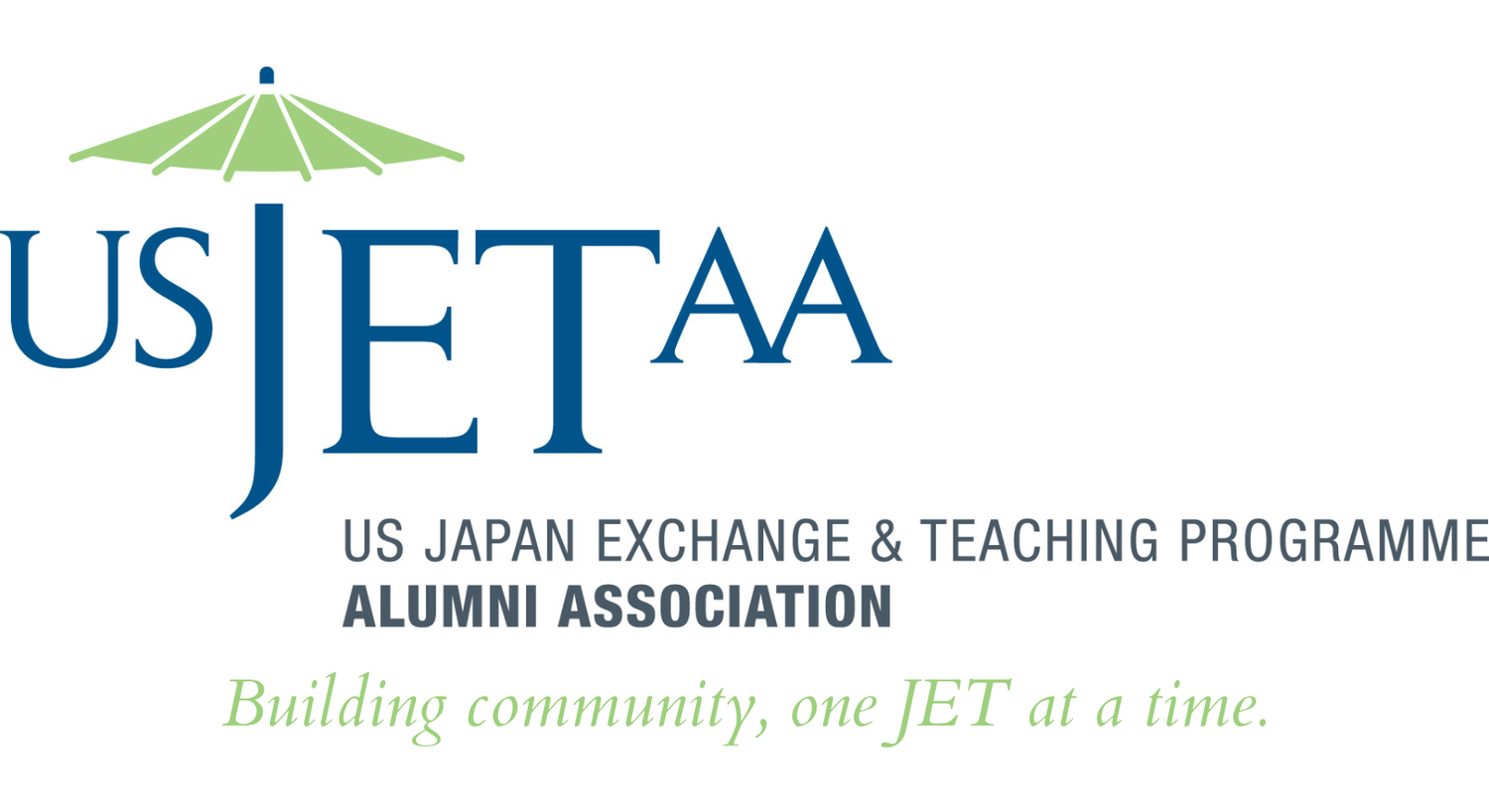Interview: Carlton Fischer - Okinawa (2015 - 2019)

Where were you in Japan as a JET and when?The JET Program sent me to Nakijin Village in Northern Okinawa from 2015-2019

What sparked your interest in applying for the JET program?
As a high schooler, I was very fortunate to attend a school where 1/4 of the students were studying abroad primarily from Asian countries. Of the 100 international students, about 15 were from Japan and I quickly became friends with my peer from Akita. With an interest in Math/Science as well as Foreign languages, I attended the University of Wisconsin- Madison to study Mechanical Engineering with a Technical Japanese Minor. However, due to my course load I never had the chance to study abroad and test out my Japanese skills. The JET program offered a chance to explore a country & culture I had spent so many hours studying while also exploring a potential career in education.
What are some of the things your prefecture is known for?
Okinawa is practically the Hawaii of Japan. With beautiful beaches and ocean life, Okinawa is a popular tourist destination both in Japan and throughout the rest of Asia. The food also has a unique twist with my personal favorite dish being Okinawa Soba, and Goya Champaru (Goya is a very bitter bumpy `melon` for lack of a better description) as a close second. That being said, my village is known for its watermelon as well as its castle. Nakijin-jo is a world heritage site which served as the capital of the Northern Region of Okinawa, or Hokuzan, in the 14th century.

Did you pick up any of the regional dialects? What are some of your favorite words or phrases?
I picked up a few phrases! Okinawa does have its own traditional language but due to it being forbidden by Japanese forces from 1879 until after WWII, native speakers are few and far between. That being said, I did pick up the Okinawan equivalents to
ittadakimasu & gochisosamadeshita thanks to eating kyushoku with my students; kwacchisabira & kwacchisabitan respectively. My favorite phrase though would have to be the slang word for "very" or totemo. Shini would probably be most similar to the Kansai region`s meccha but nowhere near as widely known in Japan.

Do you have a specific memory or event that stands out from your time on JET?The biggest memory of my time on the JET program would be when I ran in the annual half marathon Nakijin hosted. Not only was the view beautiful, especially running across the 2km Kouri-island bridge, but the water stations placed every few kilometers were staffed by local sports team and clubs from the middle school. Since I worked at all 3 of the local elementary schools it was as if I had my own personal cheering squad for the entirety of the race.

What are you doing now, and does it have any connection to Japan? How did your experience in Japan change your life?
My experience on the JET Program set the course for my entire adulthood. What began as a single year abroad, grew into 4 which then grew into no set date of return. After completing my time on the JET program, I attended the 10 month program at the Inter-University Center for Japanese Language Studies in Yokohama where, upon graduation, I began a career in Financial Recruiting in Tokyo. At my firm I work in a diverse environment that offers the best of Japanese & Western working styles. I also regularly use the Japanese language skills I built on a daily basis as I work with Finance professionals here in Tokyo.I actually got my current job thanks to the connections I made on the JET program in addition to the rich network of friends who also made the transition to work in Tokyo and those who also moved to other locations throughout the world.
This interview is part of a partnership between the Japan Society Boston (JSB) and the United States Japan Exchange & Teaching Programme Alumni Association (USJETAA) in which JET alumni contribute short interviews about their experiences in Japan in each prefecture.


